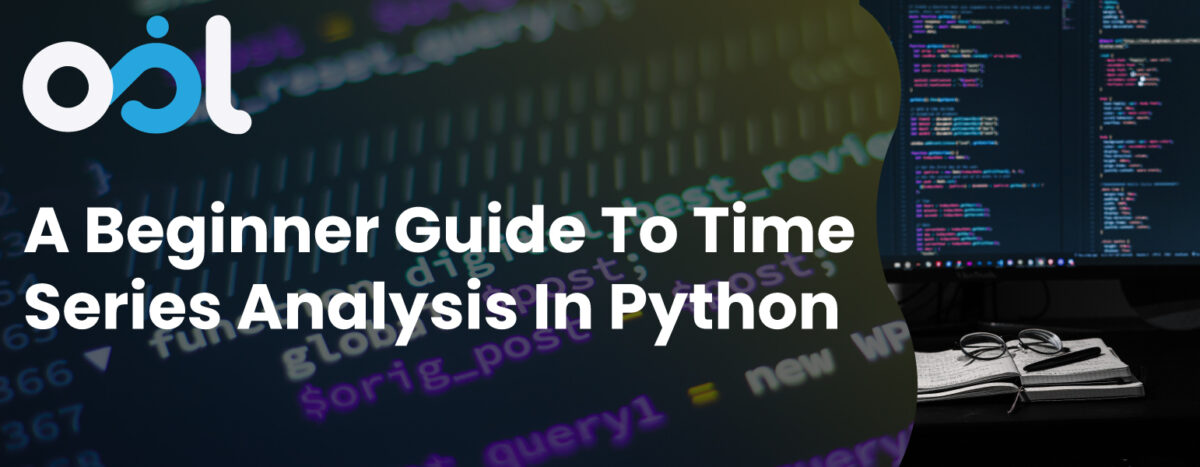Time series is considered the usual task for data scientists; this blog will help you to understand its concepts in python. Do you know what time series data is? It is the sequence of observation recorded at the consistent time interval. It depends on the frequency of the observation as it can be daily, hourly, monthly, quarterly, and annually. You can expect to have the second and minute wise data also such as user visit every minute and number of clicks per second etc.
The time-series data is commonly used in organizations across industries that means that any information collected with a regular interval of time is in their operations. Examples include energy consumption rates, retail demand, social media engagement metrics, daily stock price, and so on. Observing the time series data yields imminent such as seasonal patterns, forecast into future events and targets that allow generating profit.
Through the understanding of the seasonal trends in demand for retail products, organizations can plan promotions to boost sales throughout the year. At the time of analyzing the time series data, you should take care of some steps. Firstly, you are required to check for autocorrelation and stationary. Stationary is the way to measure the structural patterns in data like seasonal trends. Autocorrelation happens when future values in the time series linearly depend on the previous values.
Make sure to check both of these in your time series data because they are the assumption that is created by the broadly used methods in time series analysis. Such as the autoregressive integrated moving average method for forecasting time series stationary normally. Moreover, the linear regression for the time series thinks that the data has no autocorrelation. Before conducting the mentioned processes, you are required to know that the data is viable for the analysis or not.
During the phase of time series analysis, you are supposed to perform the forecast future values and trend decomposition. Decomposition is the process that allows you to visualize trends in your data that is considered a great way to clearly explain their behavior. Finally, with forecasting, you can anticipate future events that can be helpful in decision making. Make sure to use the different techniques for time series forecasting. Well, we will discuss how to create a time series stationary:
Follow the mentioned steps to make series stationery:
- Differencing the Series (once or more)
- Take the register of the series
- obtain the nth root of the series
- a mixture of the above
Hopefully, you found this blog helpful. If you want professionals to develop mobile and web applications, CMS, and Cybersecurity then choose Objectual system limited. We have great experience in this domain and have served several clients without first-class services.

